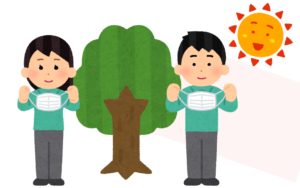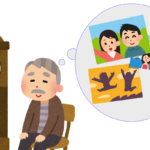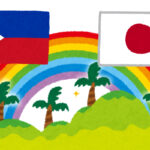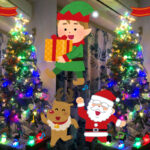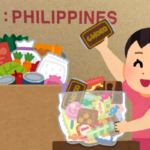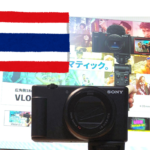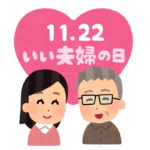
I was a little surprised when I looked at the public relations magazine of Ryukesaki City.
The magazine has a page titled "My Family's Angels. In the magazine, there are photos and names of children who are turning one year old, but most of the names could not be read without furigana (furigana is a Japanese phonetic alphabet).
Many names do not connect the kanji written in the notation with the reading written in furigana.
Japanese writing is composed of kanji and kana. There are two ways to read kanji: kun-yomi and on-yomi.
Kun-yomi is a way of reading a kanji by applying it to the Japanese language.
On-yomi is a way of reading Chinese characters using their original sounds (since Chinese characters were invented in China, the Chinese pronunciation is combined with the Chinese characters as an eponymous character).
Since there are different readings depending on when the language was introduced to Japan (there are Wu, Han, and Tang sounds), this is where foreigners (and sometimes even Japanese) have difficulty when reading the Japanese language.
For example, the Chinese character for "read" is "yomu/yomi" in the kun reading, but in the on reading, it is "doku (Wu-yin), toku, tou (Han-yin).
Although it is a bit complicated, there is a fixed reading for each kanji, whether it is kun-yomi or on-yomi.
Therefore, there is usually no difficulty in pronouncing the written kanji.
There are some exceptions, such as place names and surnames, which have special readings, but once you learn them, you should have no problem.
However, many children's names these days have no idea how to read them.
These names are called "kirakira names.
The portal site Goo has a ranking of the absolutely unreadable glittering names, from No. 1 to No. 10: 男 Otoko (Adamu), 心姫 Heart Princess (Haato), 紅葉 Momiji (Maple),桃花 Momoka (Pink), 夢姫 Princess Dream (Purin/Yurari),天音 Amane (sopra), 奏夢 Kanamu (Rhythm), 愛翔Aisho (lave ha), 愛羅 Buha (Tiara), 一心 Isshin (Pure).
Rather than being surprised, I frankly want to see the faces of the parents who gave them such names.
In the 116th paragraph of "Tsurezuregusa" written in the Kamakura period (1185-1333), there is a sentence that reads, "It is useless to give people names with unfamiliar characters.
Japanese people probably have a habit of giving such kirakira( glittering)names.
The reason behind the creation of these glittering names seems to lie in the difference between Japan's family registration law and the way birth notifications are written.
Article 50 of the Family Registration Law stipulates that "the name of a child shall be written in ordinary and plain characters." The scope of the commonly used plain characters shall be determined by the Ministry of Justice. Although the characters must be plain for ordinary use, there is no provision for how to read the characters.
On the other hand, the birth certificate has a column above the name called "Yomikata," in which you can freely write how to read the name.
Kana is a phonetic alphabet, which means that the letters and pronunciation are the same, and the way to read them is fixed. However, kanji are also ideographs in Japan. The same kanji with the same meaning is used in Japanese. Like reading "dream" is "Yume" in Japanese.
In other words, there is no problem even if the Chinese character for "dream" is read as "dorimu" because the meaning is the same.
So it is not hard to see why the word "Otoko" should be read as "Adamu".
In this sense, the Japanese writing system is really very flexible and unhindered.
When inundated with glittering names it is hard for school teachers to ask always "What is your name?
By the way, I am going to translate this article into English, but I wonder if the meaning will be understood properly.
I am a little worried.
